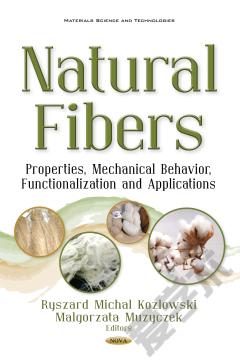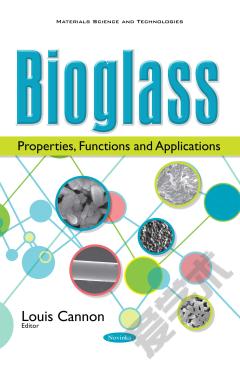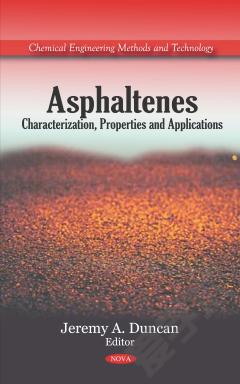Natural Fibers: Properties, Mechanical Behavior, Functionalization and Applications
Natural fibers – both lignocellulosic and protein – are renewable and biodegradable. They are characterized by good air permeability, hygroscopicity, and do not release harmful substances. They have been well-known to mankind for more than 9,000 years.Most of the lignocellulosic fibers from plants and animals such as cotton, flax, hemp, jute, kenaf, sisal, ramie, curaua, pineapple, bamboo, coir, sheep, alpaca wool and silk can be extracted, processed, modified, functionalized, and used in the production of textiles (woven, knitting, nonwoven, technical, and 3D textiles), and as reinforcement for more environmentally friendly composites. Special treatment and functionalization methods such as degumming, enzymes, ultrasounds, plasmas, coronas, liquid ammonia, flame retardant treatments and protection against biodeterioration provide new promising features and properties for all natural fibers. The production of natural fibers is expected at the level of about 40 million tons/year in the middle of the 21st century. Global fiber production was 95 million tons in 2015 and it is estimated to grow 3% annually, reaching 122 million tons in 2025. Some natural fibers are susceptible to dyeing by natural dyestuffs, UV resistant and can be easily protected against flammability. Natural fibers and fabrics after special functionalization by MOFs (Metal-organic Frameworks), POMs (Polyoxymetalates) and dendritic polymers will play an important role in the near future not only in defense and military apparels, but in very effective filter materials as well.The book contains (in eleven chapters with eleven sub-chapters) topics about:-Cotton as a dominant natural fiber; the novel challenge for bast fibers; flax and hemp; breeding and cultivation of flax in China (the biggest processor of flax and hemp in the world); new emerging sources of lignocellulosic fibers, i.e., curaua and Daphnopsis fasciculata fibers from South America; the role of apparels based of natural fibers in human physiology; bioengineering as a driving force in natural fibers’ stabilization and production growth; chemical and biochemical functionalization and finishing of natural fibers, including treatment by dendritic polymers; and alpaca fiber production, characteristics and use.-Composites based on natural fibers; bio-based composites; poly(ε-caprolactone)/poly(lactic acid)/oil palm fiber composites; plant fibers: renewable reinforcing fillers in polyolefins biocomposites; and use of palm fibers reinforced in polymer matrices.-Natural lignocellulosic raw materials as both a source of nanocellulosic fibers and of further information about natural fibers.The book presents the latest research data about new and emerging areas of natural fibers in the scope of production, processing and its applications.
{{comment.content}}








 京公网安备 11010802027623号
京公网安备 11010802027623号